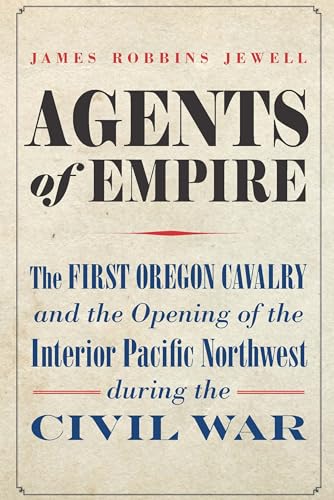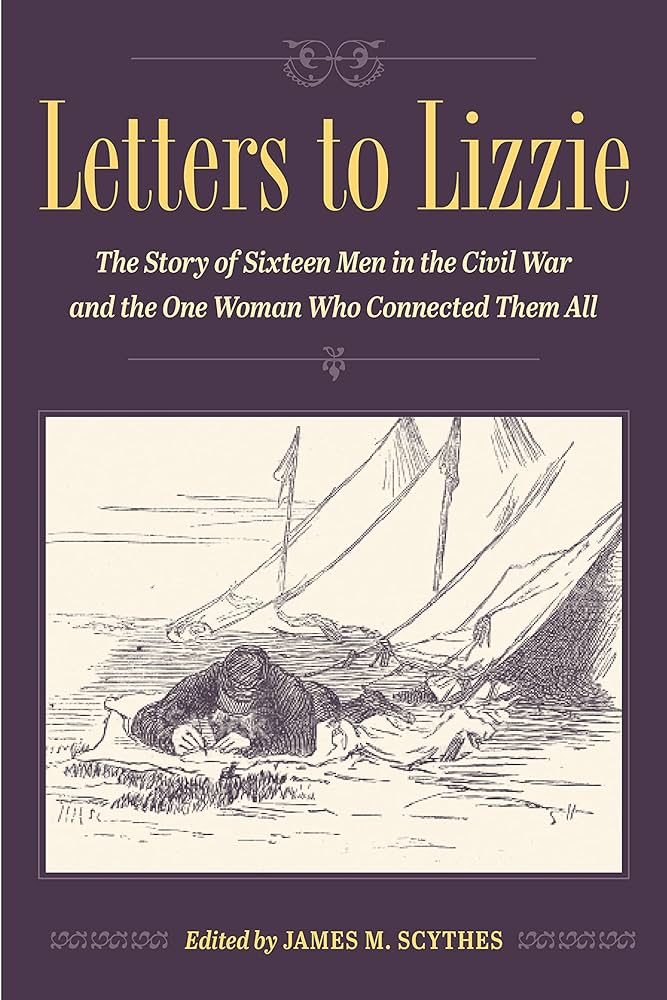Before joining the Old Baldy Civil War Round Table nine years ago, Arlene Schnaare believed everything she was told about the American Civil War. Case in point: the old legend that coded messages were embedded in quilts hung on a fence or clothesline along the Underground Railroad to direct runaway slaves to safe houses and routes to freedom. It is an exciting tale, one that is easy to believe as it has been told and written as truth for generations. But the story that quilts contained secret codes before and during the Civil War has been entirely dismissed by history scholars and quilt historians. A bear paw design sewn into a quilt did not mean a slave should follow an animal trail into the woods to find water and food, or that a quilt with a monkey wrench block signaled slaves to start gathering tools for a planned escape North. There is simply no evidence of truth, which came as a surprise to the quilt-making Arlene Schnaare. “Before Old Baldy, I believed all the stories I knew about the Civil War. The quilts? It is a feel-good story but it’s not true. There are lots of fallacies in Civil War history. I’m learning to separate truth from fiction.”
Arlene was not interested in the Civil War, or quilts, when she was living in St. Louis, Missouri, her birthplace. After graduating from Mercy High School, Arlene enrolled in a three-year registered nurse program at St. John’s School of Nursing and worked at its affiliate, St. John’s Hospital. Across the street was the St. Louis College of Pharmacy where she met a student named Roger Schnaare. They married in 1960.
The couple moved to Indiana for Roger’s graduate studies at Purdue University and lived there for four years. They moved back to St. Louis, stayed for three years, and then moved east to Turnersville, New Jersey. They have three children: Tim, Mary and Theresa; five grandchildren; and two great-grandchildren. Arlene and Roger currently reside in Haddonfield.
After she retired from nursing, Arlene went to work part-time at a needlepoint store and began an interest in the craft as well as cross stitch. Then she developed an overwhelming love of quilting. “I call it a disease. I’ve made 35 so far. I’m just fascinated by the colors and designs.” Although Arlene is currently working on a copy of an 1820 quilt, Civil War reproduction quilts are her forte. In fact, Arlene already has all the materials she needs to make a reproduction of a quilt that reportedly hung in Abraham Lincoln’s boyhood home at Knob Creek in Kentucky. “I promised Abe I would do it.”
It was through quilting that Arlene developed an interest in the Civil War, an era she says she knew little about. She and Roger have visited the Gettysburg Battlefield and also made a trip to Philadelphia to see the Liberty Bell. She was in awe of the history around her. “I touched the Liberty Bell. At Gettysburg I stood there. I stood there.”
Arlene was taking continuing education classes at The Center at Camden County College when she first bumped into Richard Jankowski and Frank Barletta of Old Baldy. After looking over a brochure Rich handed her, Arlene asked Frank if a test was required to get into the group. He replied no and encouraged her to attend a meeting. It was one of the best decisions she had ever made. “Old Baldy has been good for me. Walking across the campus I feel like I’m 19 again. I like the feeling of being there. Everyone is so smart about the Civil War.” Arlene spoke about her reproduction quilt collection at an OB meeting in 2017.
Soon after she joined Old Baldy, Arlene and member Priscilla Gabosch were recruited to create a membership committee; their first job was to convert the old paper records to a computer-based system. Both women have done a wonderful job with the membership program. Their spreadsheet format is still in use today.
Profile written by Kim Weaver














